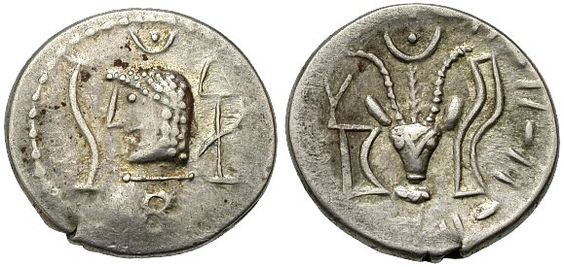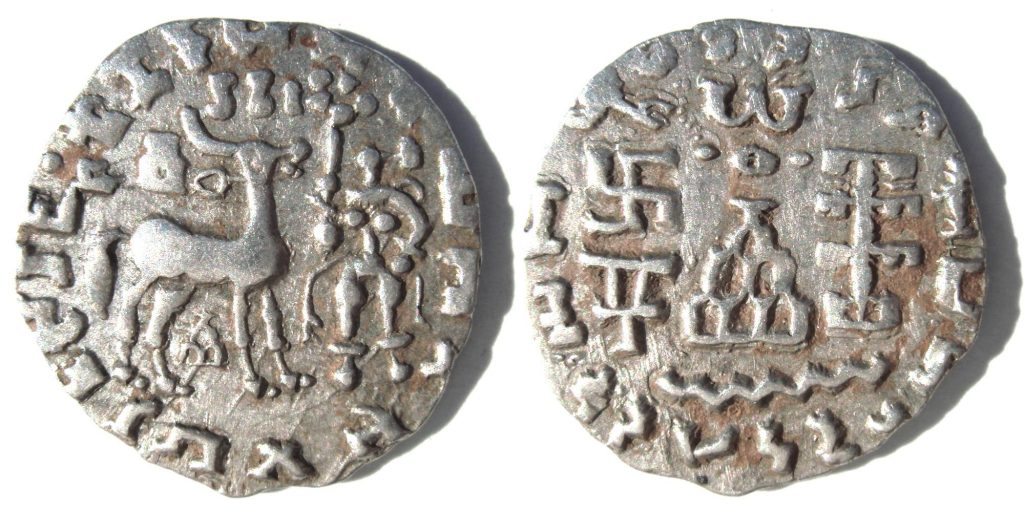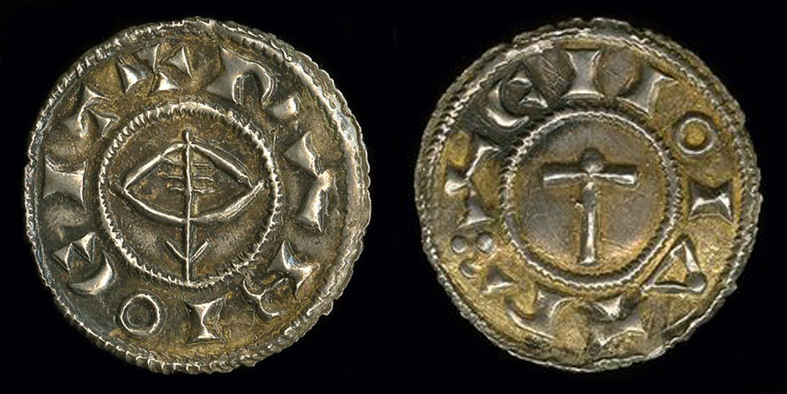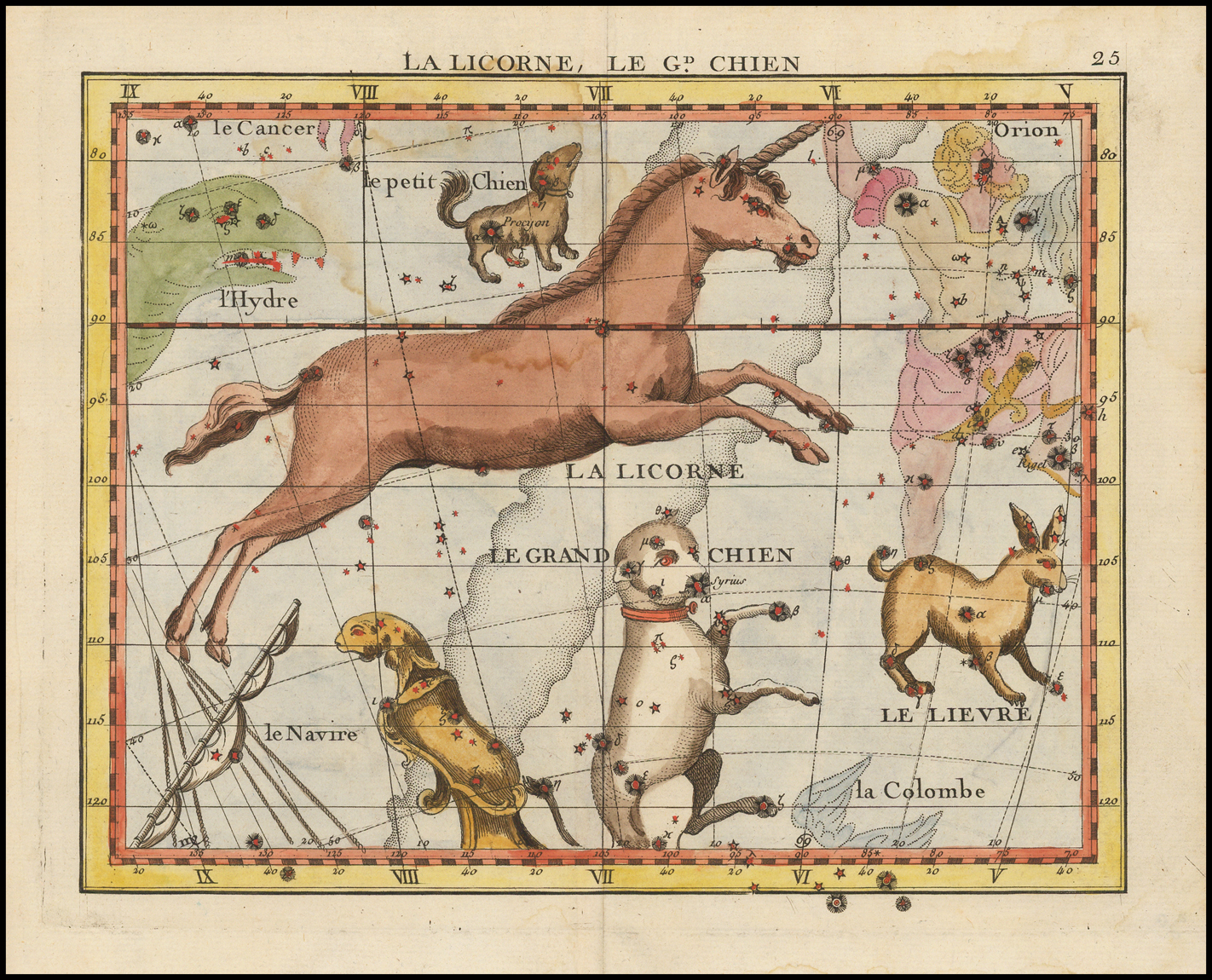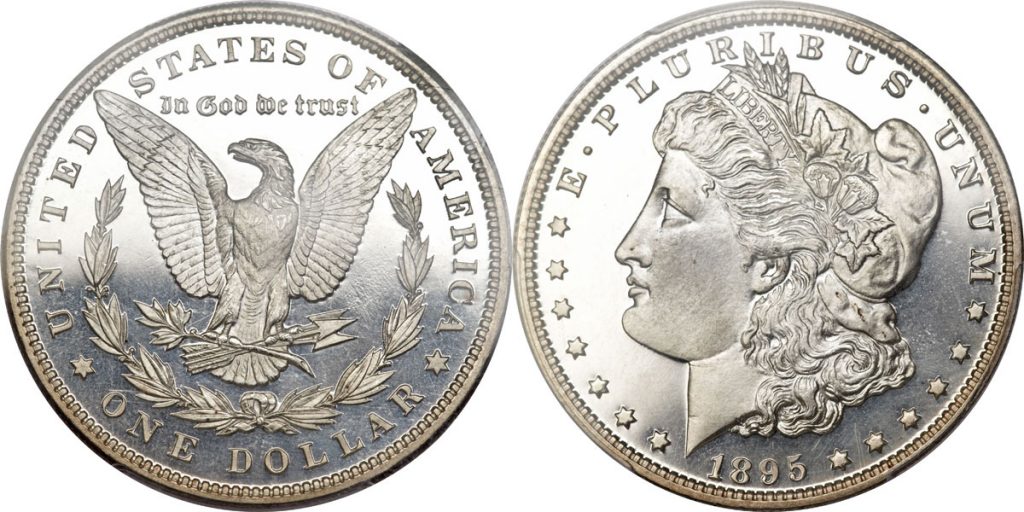
Numismatics is the study or collection of currency, including coins, tokens, paper money, and related objects. While numismatists are often characterized as students or collectors of coins, the discipline also includes the broader study of money and other payment media used to resolve debts and the exchange of goods.
 Early money used by people is referred to as „Odd and Curious”, but the use of other goods in barter exchange is excluded, even where used as a circulating currency (e.g., cigarettes in prison). The Kyrgyz people used horses as the principal currency unit and gave small change in lambskins;[1] the lambskins may be suitable for numismatic study, but the horse is not. Many objects have been used for centuries, such as cowry shells, precious metals, cocoa beans, and gems.
Early money used by people is referred to as „Odd and Curious”, but the use of other goods in barter exchange is excluded, even where used as a circulating currency (e.g., cigarettes in prison). The Kyrgyz people used horses as the principal currency unit and gave small change in lambskins;[1] the lambskins may be suitable for numismatic study, but the horse is not. Many objects have been used for centuries, such as cowry shells, precious metals, cocoa beans, and gems.
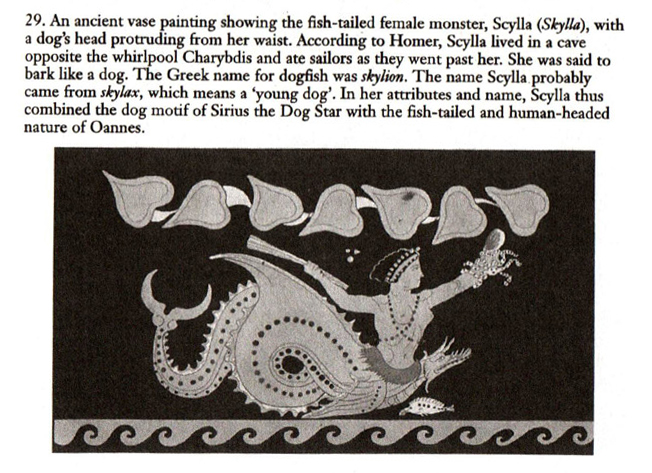
 Today, most transactions take place by a form of payment with either inherent, standardized, or credit value. Numismatic value may be used to refer to the value in excess of the monetary value conferred by law, which is known as the „collector value.” Economic and historical studies of money’s use and development are an integral part of the numismatists’ study of money’s physical embodiment. (Wikipedia.org)
Today, most transactions take place by a form of payment with either inherent, standardized, or credit value. Numismatic value may be used to refer to the value in excess of the monetary value conferred by law, which is known as the „collector value.” Economic and historical studies of money’s use and development are an integral part of the numismatists’ study of money’s physical embodiment. (Wikipedia.org)

